Premixed Combustion Training Course
Original price was: $420.00.$280.00Current price is: $280.00. Student Discount
- Combustion Concepts, ANSYS Fluent
- Premixed Combustion Eddy Dissipation CFD Simulation
- Premixed Combustion, Eddy Dissipation / Finite Rate Model, ANSYS Fluent CFD Simulation Training
- Premixed Combustion Finite Rate/No TCI Simulation
To Order Your Project or benefit from a CFD consultation, contact our experts via email ([email protected]), online support tab, or WhatsApp at +44 7443 197273.
There are some Free Products to check our service quality.
If you want the training video in another language instead of English, ask it via [email protected] after you buy the product.
Description
Introduction to Premixed Combustion Training Course
Welcome to our comprehensive Premixed Combustion Training Course! This course will provide a solid understanding of premixed combustion modeling using ANSYS Fluent CFD software. In this course, we will cover different simulation methods, including Combustion Concepts as an introduction to the course, Premixed Combustion Eddy Dissipation, Premixed Combustion Eddy Dissipation / Finite Rate Model, and Premixed Combustion Finite Rate/No TCI Simulation.
Lesson 1
In this lesson, you will first see a general introduction to combustion and an overview of available simulation techniques and models in ANSYS Fluent. This section contains the following subsections:
- Introduction and overview of the combustion
- Introduction to different combustion applications
- Overview of different related physics to combustion
- Physics of combustion
o Premixed combustion
o Non-premixed combustion
o Partially premixed combustion
- Summary of different fast and finite rate chemistry models implemented in ANSYS Fluent
Lesson 2
In this lesson, we will discuss Premixed combustion modeling using the Eddy Dissipation approach by performing a simple project investigating the combustion inside a combustion chamber. This section contains the following subsections:
- How to define stoichiometric mass fractions for fuel and air
- Extracting graphical contours
- Analyzing the data
Lesson 3
In this lesson, we will talk about Premixed combustion modeling using the Eddy Dissipation/Finite Rate approach and investigate Pollution Formation by performing a simple project by investigating the combustion inside a combustion chamber. This section contains the following subsections:
- Axisymmetric combustion chamber modeling
- NOx formation
o thermal NOx
o prompt NOx
- Soot formation
o one step
o two-step
- Decoupled detailed chemistry
- Reactor network
- Extracting graphical contours
- Analyzing the data
Lesson 4
In this lesson, we will discuss the Premixed Combustion modeling using the Finite rate/No TCI approach by performing a simple project investigating the combustion inside a boiler’s fire tube. This section contains the following subsections:
- Importing checking mechanism
- Relax to chemical equilibrium chemistry solver
- Selecting boundary species
- Extracting graphical contours
- Analyzing the data
By the end of this course, you will have a strong foundation in premixed combustion modeling and will be able to apply this knowledge to various engineering applications. Whether new to CFD simulation or an experienced user, this course will provide you with the skills and knowledge needed to succeed in premixed combustion modeling.

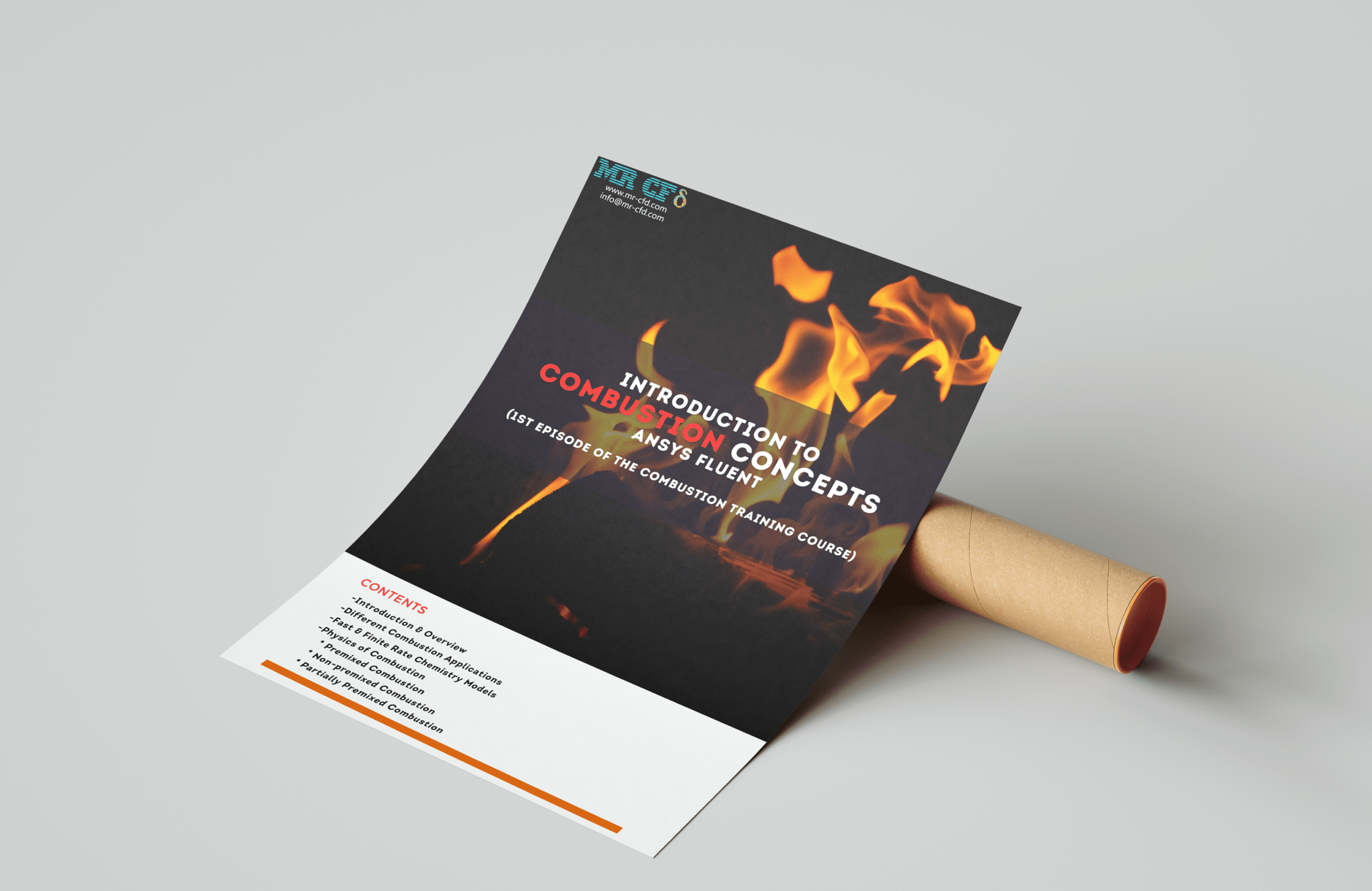
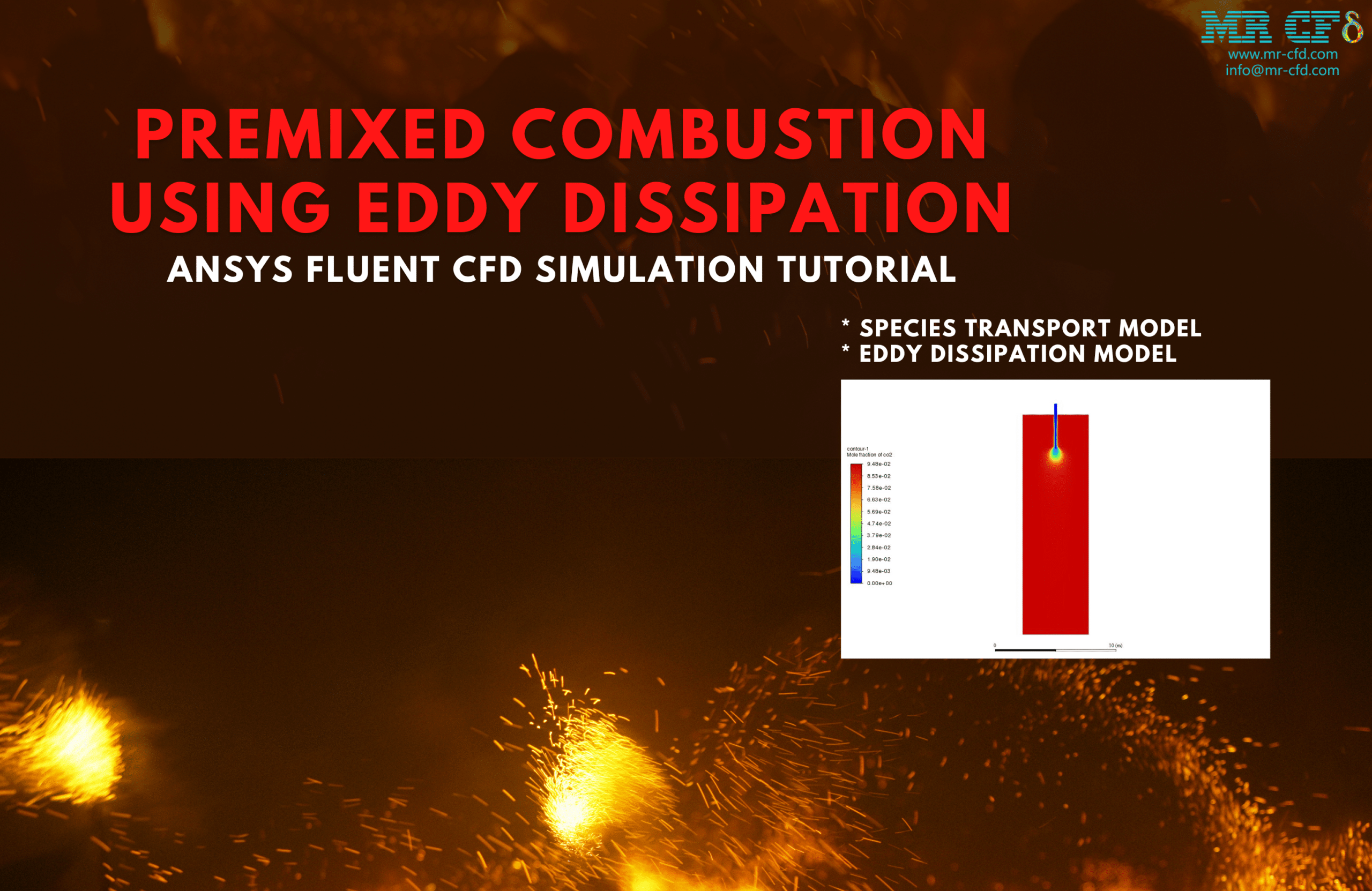
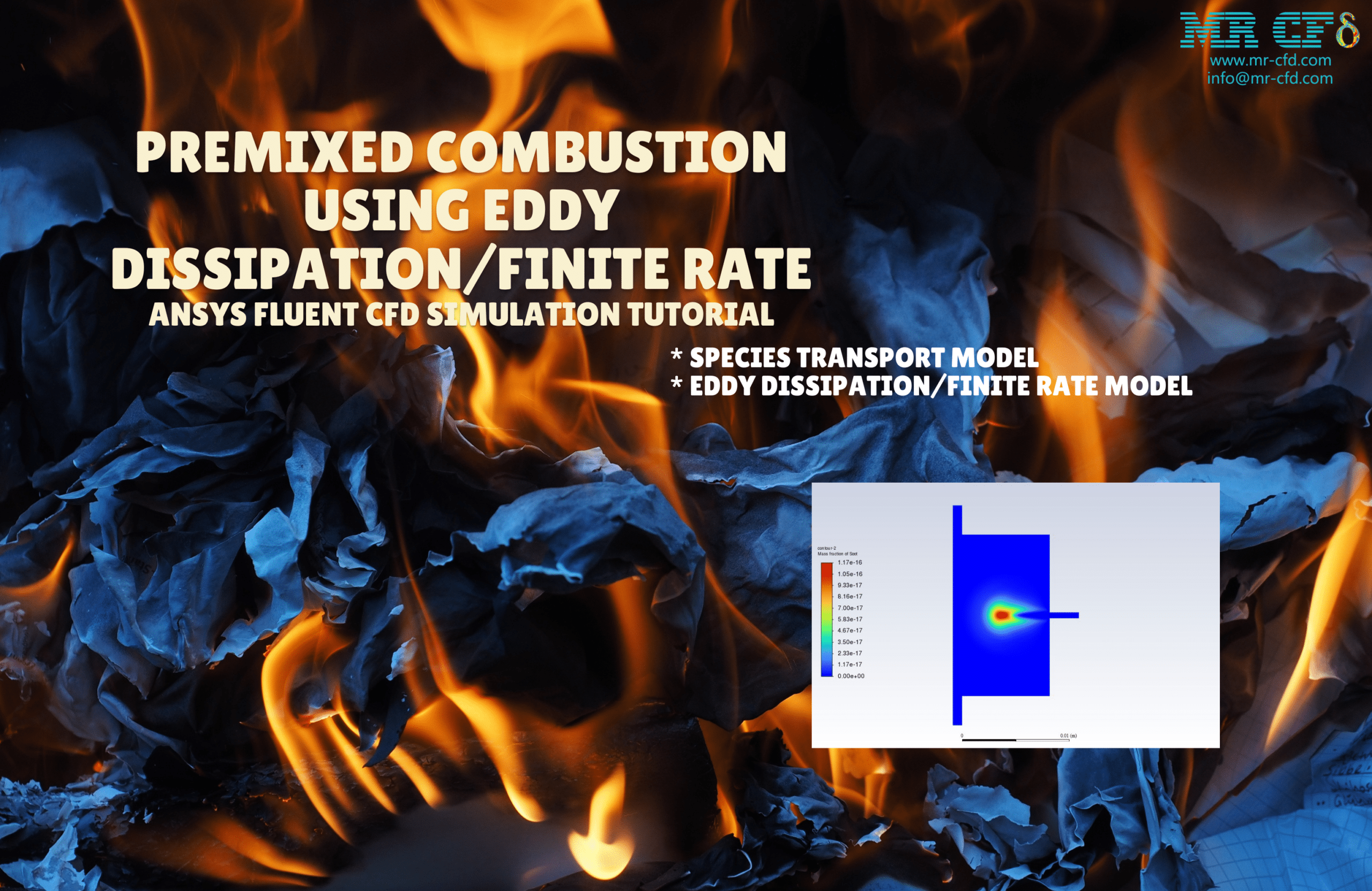
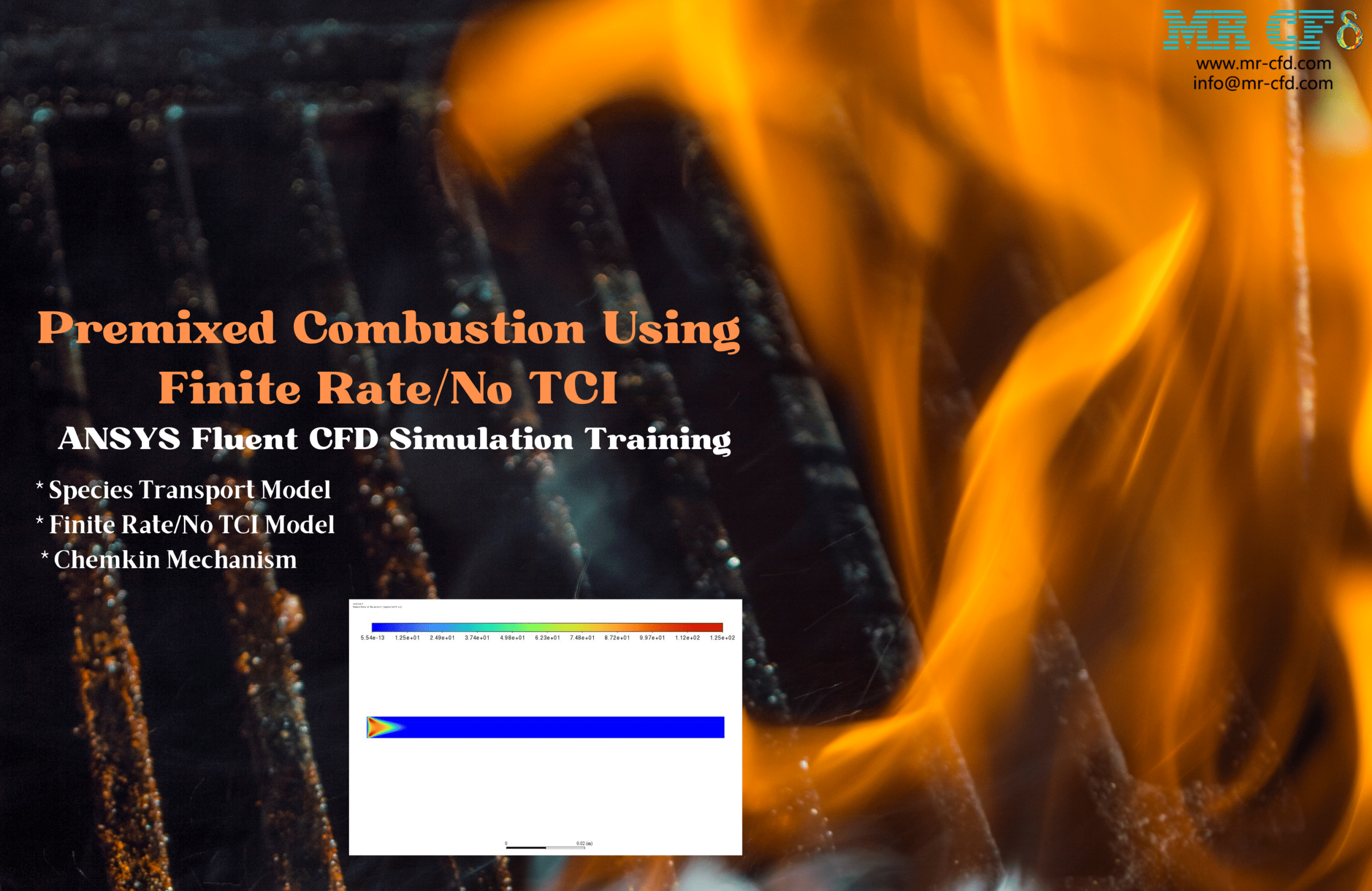

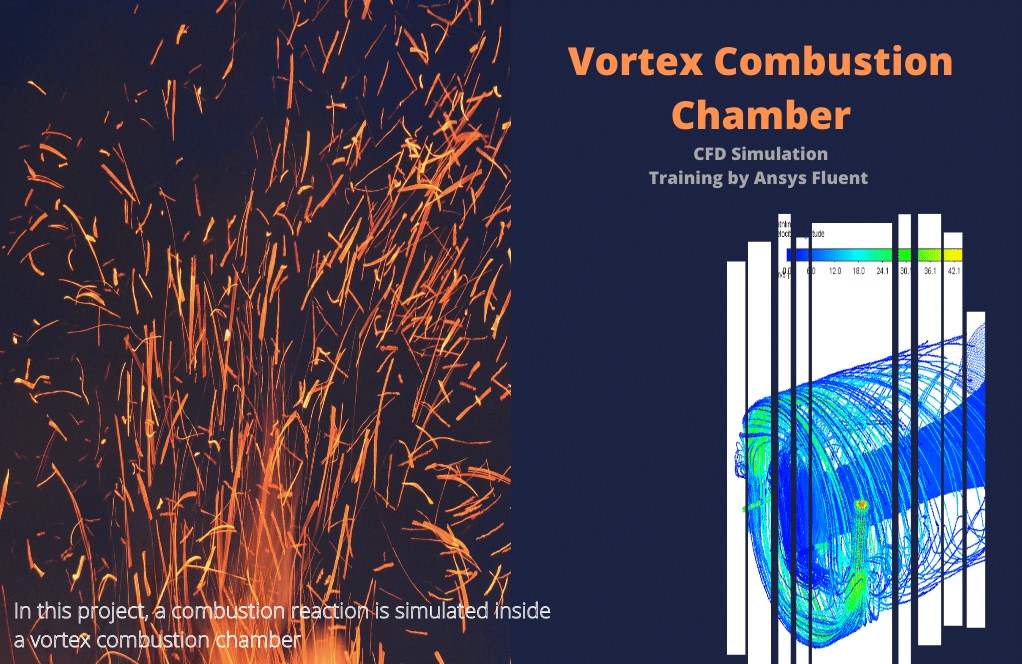
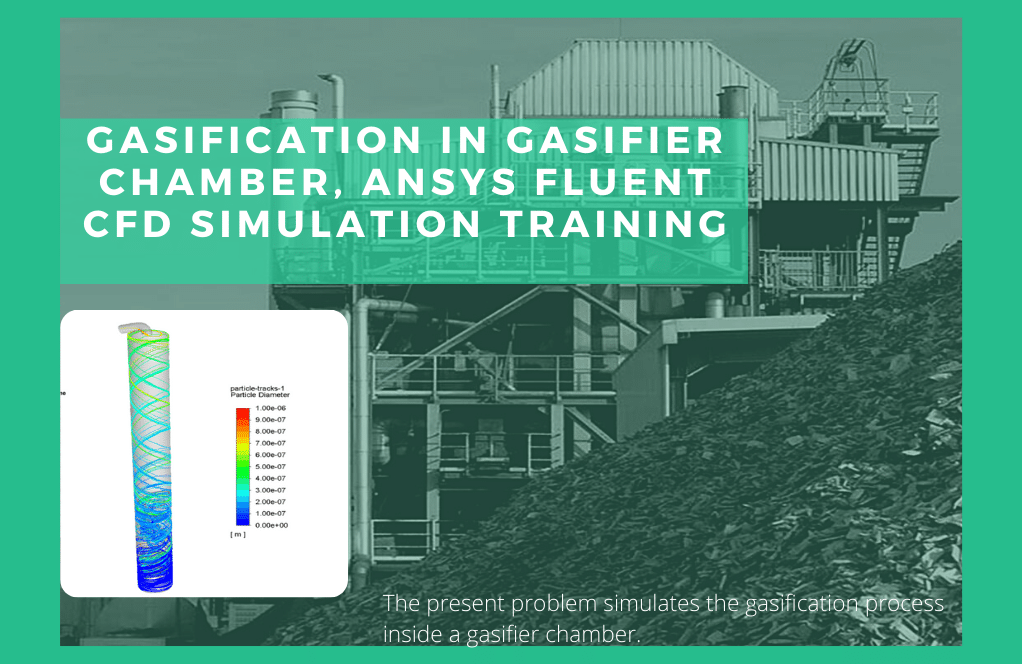
Marcos Bode MD –
The course sounds like it covers a lot of ground on premixed combustion. Can you clarify if it includes hands-on projects for real combustion applications or only simulated scenarios?
MR CFD Support –
In this course, participants will engage in hands-on projects that simulate real-world combustion scenarios within a combustion chamber and a boiler’s fire tube. By completing these practical simulations following the course content, you’ll be able to apply the learned modeling techniques to various engineering applications.
Ms. Alyce Nienow I –
What a thorough and engaging training course! The layered approach, from fundamental combustion concepts to complex simulations, equipped me with a robust understanding of premixed combustion modeling. The practical projects added invaluable hands-on experience layered on top of the solid theoretical framework. Thank you, MR CFD, for such a knowledgeable and user-friendly course.
MR CFD Support –
We are genuinely thrilled to hear that our Premixed Combustion Training Course has enriched your understanding of CFD simulations, particularly in premixed combustion modeling. It’s wonderful to know that you found the practical projects valuable. Thank you for your enthusiastic feedback, and all the best in your future simulations and CFD endeavors!
Miss Summer Schulist –
The Premixed Combustion Training Course exceeded my expectations. I particularly enjoyed how comprehensive the content was for each lesson, especially Lesson 4’s detailed approach on Finite rate/No TCI. The hands-on nature of the course made the learning process really engaging!
MR CFD Support –
Thank you for taking the time to write such positive feedback about our Premixed Combustion Training Course! We’re thrilled to hear that the course met your needs and provided an engaging and hands-on learning experience. Your success with the course content is our greatest reward. If you have any more questions or need further assistance down the road, don’t hesitate to get in touch!
Kristin Pouros –
I recently went through the Premixed Combustion Training Course and I have to say, I’m impressed. The structure of the content made it really clear to understand complex topics like stoichiometry and NOx formation. The blend of theory with hands-on lessons provided a learning experience that was both informative and engaging. Applying the concepts in practical simulation projects truly reinforced my understanding. Great job on compiling such a detailed and comprehensive course!
MR CFD Support –
We’re thrilled to hear that you enjoyed the Premixed Combustion Training Course and found it both informative and engaging. It’s always our goal to deliver effective and comprehensive learning experiences that bridge theory and practical application. Thank you for your positive feedback. We’re glad you found value in our work and wish you all the best in applying the knowledge you’ve gained!
Keyon King –
The Premixed Combustion Training Course was incredibly informative! The clear structure of the course with the step-by-step project investigations really helped me understand the material.
MR CFD Support –
Thank you for your kind words! We’re thrilled to hear that our course structure and project-based approach were effective in enhancing your understanding of premixed combustion modeling. Your success is our top priority, and we are glad to be a part of your learning journey!
Margarett Schuster –
This course sounds quite comprehensive! I just wanted to confirm whether practical aspects or case studies involving real-life engines or boilers are also part of this course?
MR CFD Support –
Indeed it does focus on both theoretical and practical knowledge. Through various lessons and projects, such as modeling combustion inside a combustion chamber and a boiler’s fire tube, participants get hands-on experience that extends to real-life applications. These case studies replicate the scenarios engineers typically encounter in the field.
Dr. Newton Hickle –
Ever so grateful for the comprehensive content in the Premixed Combustion Training Course. The structured breakdown into lectures enhanced my grip on both basic concepts and advanced techniques effectively. What a fantastic preparation for practical CFD applications!
MR CFD Support –
We’re thrilled to hear that the Premixed Combustion Training Course has provided you with the comprehensive knowledge and practical skills you were looking for! Thank you for sharing your positive experience. Your enthusiasm for learning is exactly what we strive to support.
Layne Rath –
I highly recommend the Premixed Combustion Training Course by MR CFD Company. The comprehensive overview it provides for combustion modeling and the variety of simulation methods taught, allowed me to significantly advance my understanding. The structured lessons were incredibly informative, particularly the section on NOx and soot formation. Being able to apply the knowledge to various engineering applications is invaluable.
MR CFD Support –
We are thrilled to hear that our Premixed Combustion Training Course has been beneficial to you! It’s fantastic to know that the lessons, especially on NOx and soot formation, have enhanced your understanding. Thank you for acknowledging the applicability of this knowledge to your engineering work. Your feedback is greatly appreciated!
Sydney Crooks –
I thoroughly enjoyed the Premixed Combustion Training Course! The structure of each lesson made it easy to follow along, and I now feel confident in… applying this specialized knowledge. The hands-on approach using ANSYS Fluent was exactly what I needed to build practical skills. Great work!
MR CFD Support –
Thank you for taking the time to review our Premixed Combustion Training Course. We’re delighted to hear that you found the course structure beneficial and that it has boosted your confidence in using ANSYS Fluent for combustion modeling. We always strive to deliver a hands-on learning experience that equips our customers with practical skills. We appreciate your positive feedback!
Annamarie Kuphal –
I recently completed the Premixed Combustion Training Course and have to say that it’s been incredibly informative. The structured approach, starting from the basic combustion concepts and progressing to more complex models like Finite Rate/No TCI, has greatly enhanced my understanding. The detailed lessons, combined with practical projects, made the application of theoretical principles much clearer. Learning about pollutant formation was particularly eye-opening, giving me not just simulation skills but also a better perspective on environmental concerns in combustion processes. Thank you for creating such a detailed and practical training program!
MR CFD Support –
We’re thrilled to hear that you found the Premixed Combustion Training Course both informative and practical. It’s wonderful to know our structured approach and the balance between theory and hands-on projects helped enhance your understanding of premixed combustion and its environmental implications. Thank you for taking the time to share your positive experience, and we wish you all the best in applying this knowledge to your future engineering projects!
Mabel Cummerata –
This course is an excellent gateway into the complex world of premixed combustion simulation in ANSYS Fluent – kudos to the instructors for the clear and structured content!
MR CFD Support –
We’re thrilled to hear that our Premixed Combustion Training Course has been so well-received. Thank you for taking the time to share your experience, and we’re glad the course structure and instruction met your expectations!
Zachary Barton –
I just completed the Premixed Combustion Training Course. The materials were clear and the steps for each part of the process were easy to follow. I feel more confident in handling combustion simulations now.
MR CFD Support –
We’re thrilled to hear that our Premixed Combustion Training Course has boosted your confidence in combustion simulations. Thank you for your feedback and we wish you great success in applying the knowledge to your projects!
Myrtle Lindgren –
Your Premixed Combustion Training Course is super informative! The contents are comprehensive and the progression through the lessons seem well designed for a deep understanding of combustion in CFD. Cheers!
MR CFD Support –
Thank you for your kind words! We’re thrilled to hear that you find our Premixed Combustion Training Course informative and well-structured. Your feedback is greatly appreciated. If you have any further questions or need assistance as you continue to learn, feel free to reach out to us! Happy learning!
Concepcion Corwin III –
I have finished the Premixed Combustion Training Course and am impressed with the depth of information provided. Thanks for a well-structured and informative course!
MR CFD Support –
We’re thrilled to hear you enjoyed our Premixed Combustion Training Course and found it thoroughly informative. Thank you for your kind words and for choosing our training for your learning. We wish you the best in your future engineering simulations!
Mr. Buck Wolff –
This course was fantastic! The structure and clarity of the lessons truly deepened my understanding of premixed combustion modeling. The balance between theory and practical examples for the application was perfect for solidifying concepts.
MR CFD Support –
Thank you for your positive feedback! We’re delighted that our Premixed Combustion Training Course could enhance your understanding and application of combustion modeling. It’s our goal to provide a balance of theory and practice to aid learning. We really appreciate your review and are glad you found it valuable.
Ms. Maximillia Lueilwitz –
This Premixed Combustion Training Course was very enlightening. The combination of theory with practical exercises reinforced my understanding of combustion processes and the use of different models in simulation. Thank you!
MR CFD Support –
We’re thrilled to hear that our Premixed Combustion Training Course met your expectations and helped enhance your understanding! Your appreciation motivates us to maintain high-quality learning experiences for our users. Thanks for the positive feedback!
Celine Wyman –
After finishing the Premixed Combustion Training Course, will I be able to simulate my own combustion models for different engineering applications?
MR CFD Support –
Absolutely, after successfully completing the Premixed Combustion Training Course, you’ll have the necessary foundation in combustion processes and ANSYS Fluent software to simulate your own combustion models across various engineering applications. You should be able to employ different combustion and chemistry models suited for your specific simulation goals.
Mr. Sim Ryan PhD –
I have really gained an in-depth understanding of premixed combustion thanks to this thorough course. Everything from basic theory to advanced application has given me the confidence to apply these skills to my field of work.
MR CFD Support –
Thank you for your positive feedback! We are thrilled to hear that the Premixed Combustion Training Course has been so beneficial for you. It’s great to know that it’s given you more confidence in your professional applications. If you have any further comments or need assistance with your future simulations, please do not hesitate to get in touch.
Allen Strosin –
This course was an insightful journey through the complexities of premixed combustion. The balance between theory and applied simulation practice gave me the confidence to tackle industry-related projects. Kudos to the trainers for breaking down complicated subjects into digestible sections. I’m impressed by the detailed analysis and the hands-on approach that has greatly enhanced my understanding of combustion modeling.
MR CFD Support –
Thank you for your valuable feedback. We’re thrilled to hear that the course met your expectations and that you found the combination of theory and practical assignments beneficial. Your success is our goal, and we appreciate your compliments on our trainers’ efforts. If you ever have more questions or need further assistance in your CFD journey, please feel free to reach out.
Prof. Violette Lakin –
The Premixed Combustion Training Course was really well-structured and informative. I appreciate the detailed explanations of different combustion models and how they apply to various engineering applications.
MR CFD Support –
Thank you so much for your positive feedback! We take pride in delivering comprehensive content that equips our learners with a deeper understanding of complex topics like premixed combustion modeling. We’re thrilled to hear that you found the course well-structured and useful for your applications. If you need further assistance or have any questions in the future, please don’t hesitate to reach out to us.
Tabitha Murazik –
I have just finished the Premixed Combustion Training Course, and I’m amazed at the depth of content! Every aspect, from the introductory simulation method to the detailed analysis of emissions, was extensively covered. The practical projects helped reinforce the theory, making complex concepts much easier to grasp. Thank you for a fantastic learning experience!
MR CFD Support –
Thank you for your positive feedback on our Premixed Combustion Training Course! We’re thrilled to hear that the content depth and practical projects met your expectations and were helpful to your learning process. Your enthusiasm motivates us to keep providing high-quality training for our customers. If you have any more questions or need further assistance as you apply what you’ve learned, feel free to reach out.
Misael Mante –
What fantastic clarity in the curriculum! I appreciate how the lessons are structured, and that pollution formation is included in the combustion study. That is indeed relevant in today’s context. Many thanks for such a well-organized and insightful course content.
MR CFD Support –
Thank you for your positive feedback! We strive to provide comprehensive and relevant training material for our students, and we’re glad to hear that you find the structure and content of the Premixed Combustion Training Course so valuable. If you ever have any questions or need further support, do not hesitate to reach out to us. We wish you all the best with your combustion modeling endeavors!
Dr. Hayley Bosco –
This course seems very detailed. If I’m not familiar with chemistry, will I still be able to follow along and understand the combustion concepts explained in this training?
MR CFD Support –
Absolutely, this course is designed to accommodate both individuals new to the field and those with prior knowledge. The introductory sections provide a foundational understanding of combustion physics and applicable simulation techniques, ensuring you’ll be able to grasp the key concepts regardless of your background in chemistry.
Kacey Homenick –
Wonderful course! I really appreciated the clear breakdown of complex topics into comprehensible lessons. The step-by-step approach through different models and implementations for combustion was invaluable. Looking forward to applying these techniques in my work.
MR CFD Support –
Thank you so much for your positive feedback! We’re thrilled to hear that the course was clear and useful for you. It’s great to know that the structured lessons were helpful in understanding premixed combustion modeling. We look forward to hearing about your success in applying these techniques to your engineering projects!